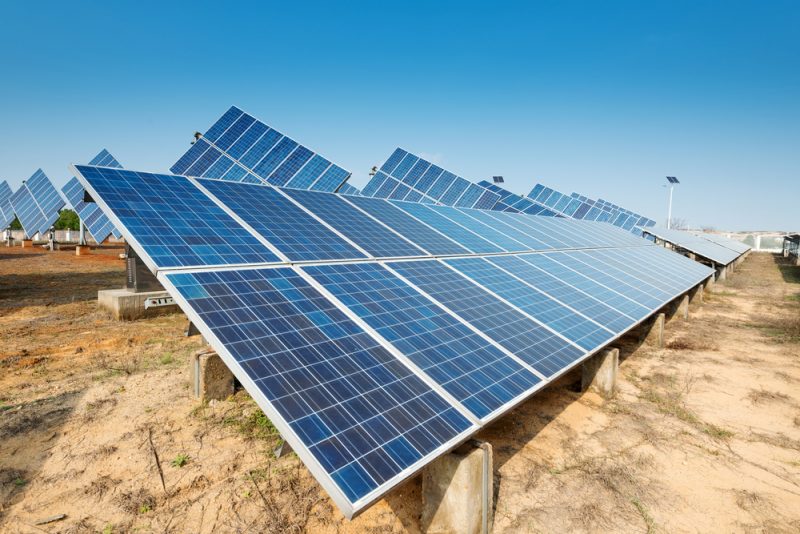Report examines PV systems tilt, tracking

An Energy Information Administration (EIA) report determined almost 40 percent of solar photovoltaic (PV) systems operating at the end of last year were fixed-tilt PV systems rather than tracking systems.
Concerning utility-scale fixed-tilt solar PV systems, the EIA noted 76 percent of the capacity was installed at a fixed angle between 20 degrees and 30 degrees from the horizon, adding the amount of electricity generated by a fixed-tilt solar PV system depends on the orientation of the PV panels relative to the sun.
Fixed-tilt PV systems use two separate angles that determine orientation relative to the sun, officials said, the azimuth and the tilt, adding the azimuth specifies the compass direction that a tilted panel is facing. Most panels in the Northern Hemisphere are south-facing.
In the last few years, officials said fixed-tilt PV systems used two separate angles that determine their orientation relative to the sun: the azimuth and the tilt.
The azimuth specifies the compass direction that a tilted panel is facing: north, south, east, or west. Most panels in the Northern Hemisphere are south-facing.
A tilt of zero degrees means the panel is lying flat on the ground while a tilt of 90 degrees means that the panel is perpendicular to the ground, like on the side of a building.
Solar panels are often installed at a shallower tilt than would be indicated by latitude because of other factors such as height limitations, shading concerns, and system layouts. Systems with tilt angles less than the latitude angle are expected to have enhanced output during spring and summer months when the mid-day sun is higher in the sky, at the expense of reduced output during fall and winter.
